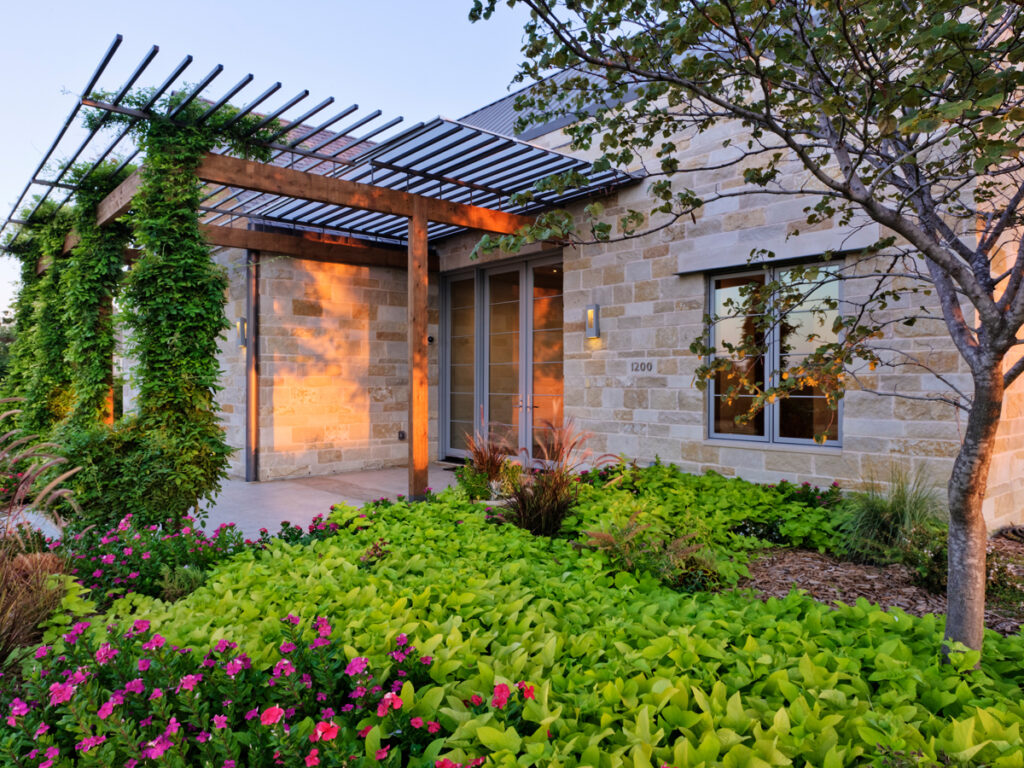Creating and maintaining a beautiful garden with healthy, thriving plants requires imagination and lots of careful planning.
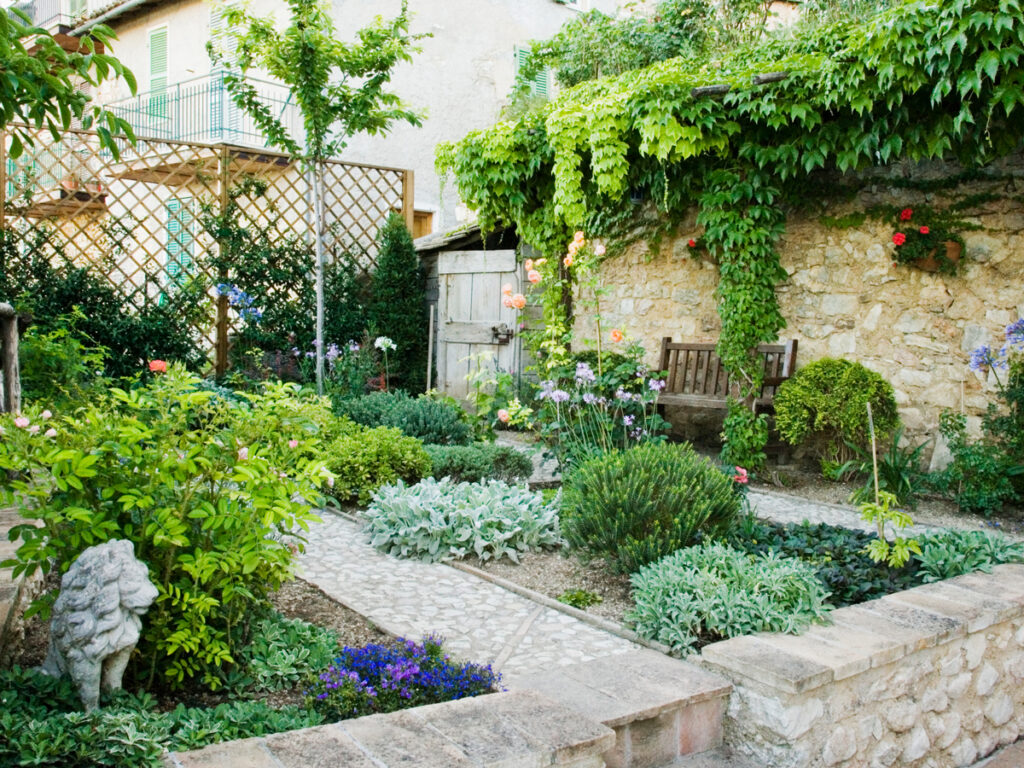
Whether you’re moving to a new house and thinking about gardening for the first time, or just want a little more knowledge and organization in the garden you’ve already started, you should thoroughly evaluate its landscape on a regular basis.
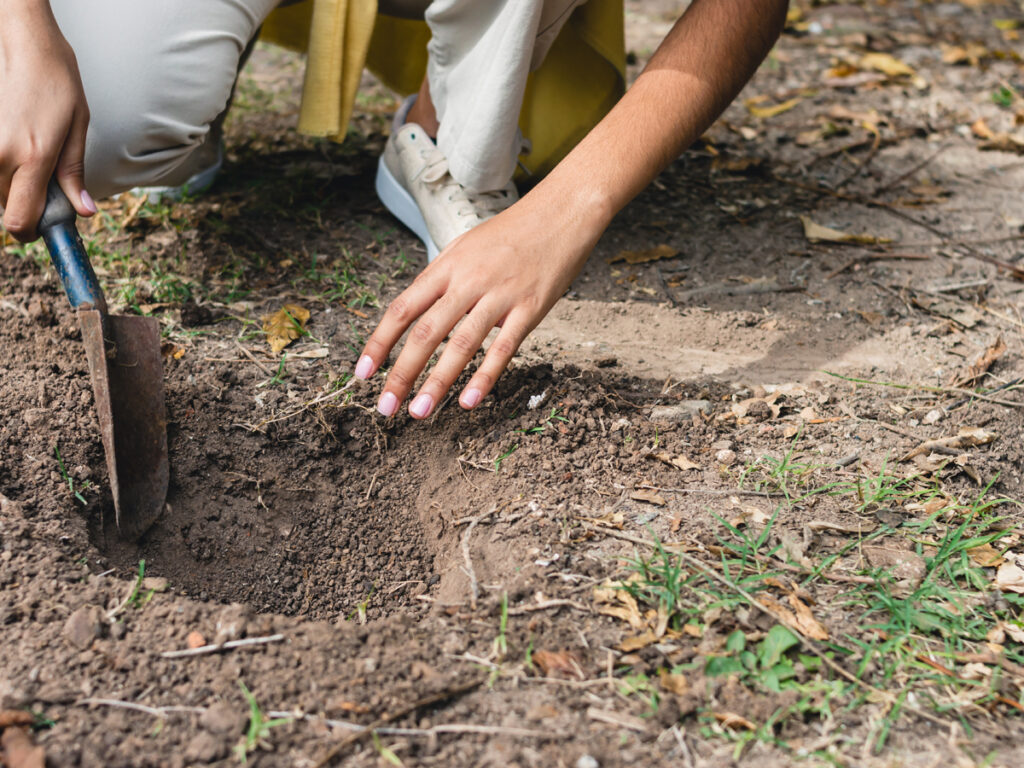
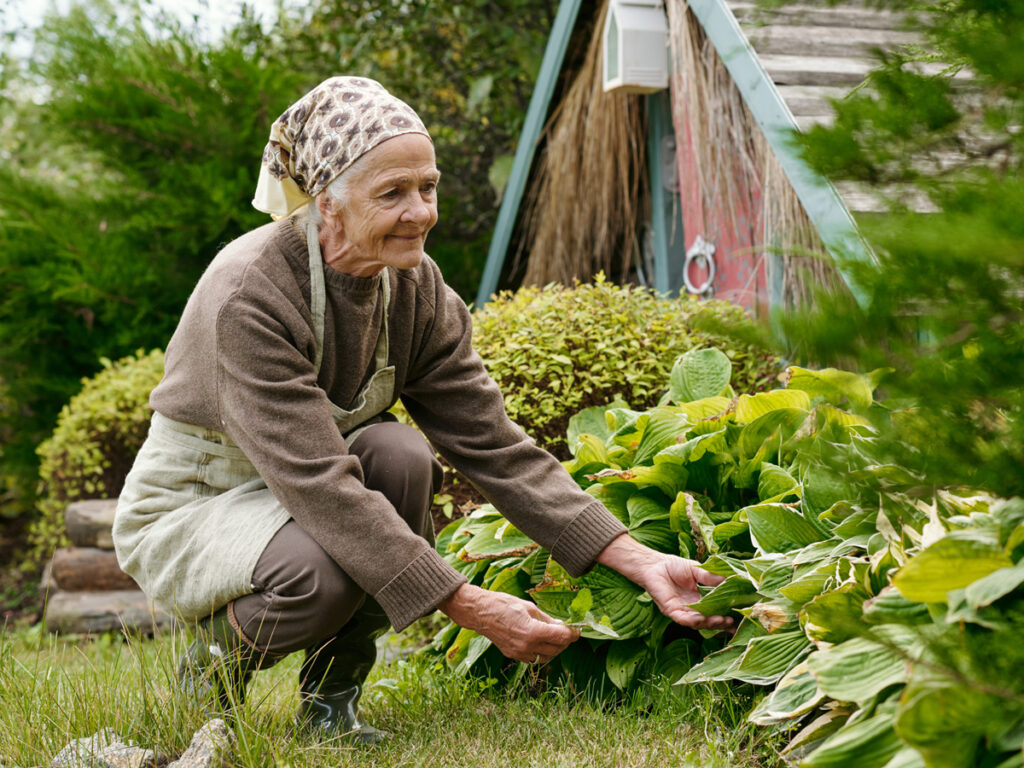
Plants grow (and die), neighborhoods change and landscapes age. Just like you want to renovate your guest house room when it becomes outdated, or add on an extra room because you feel you’ve outgrown your indoor space, the same applies to your outdoor areas. The only difference here is that in your home, you have more control over the environmental aspects, whereas when designing outdoor spaces, you have to work in tandem with nature.

To create a harmonious landscape, you need to incorporate the best plants in the right places. This requires some knowledge of your property’s internal climate, soil, and other conditions that affect its growth. So before buying plants, extending your garden or creating a patio, take the time to research your surroundings.



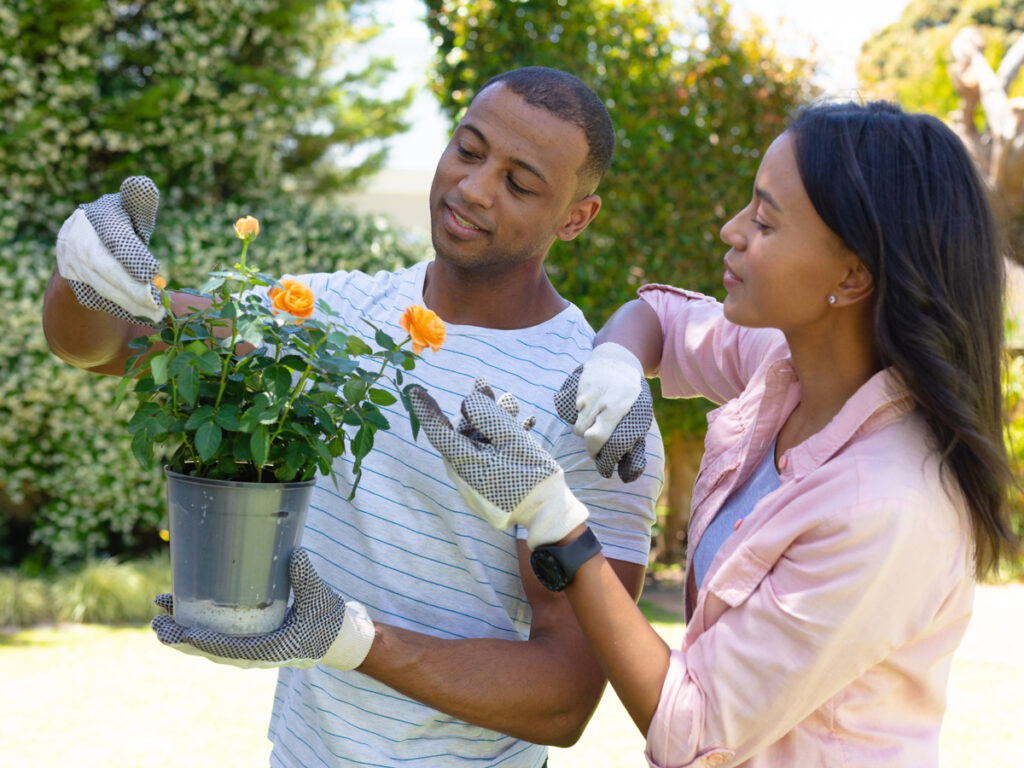
How sunny is your garden and where exactly is it? How hot will it be in August and how windy will it be in spring? The answers to these types of questions will help determine the layout of your garden and which plants to place where.


For more information about the weather in your area, ask your local nursery staff or take a look at zonal maps, which can also give you a generic overview of the climate. Also consider taking a visit your State’s Extension Service Office where a host of horticultural information is readily available. Every county in the United States has an agent-staffed counseling office that works closely with university counseling professionals to answer questions about gardening, agriculture, and pest control. Use my Cooperative Extension Office Locator to find your county’s extension office and take full advantage of the wealth of information that is available to help you create the landscape you’ve always wanted.
Evaluating Your Landscape
The first task to assess the health of your outdoor space is to take a walk. This strategy is useful even if you’ve been living in your garden for years. Wander around for a new perspective or enlist the help of an experienced friend or local landscaper. See your home from different angles. Whether from across the street or from the neighbor’s yard. If you change your perspective, you may be surprised by what you see and what you don’t.
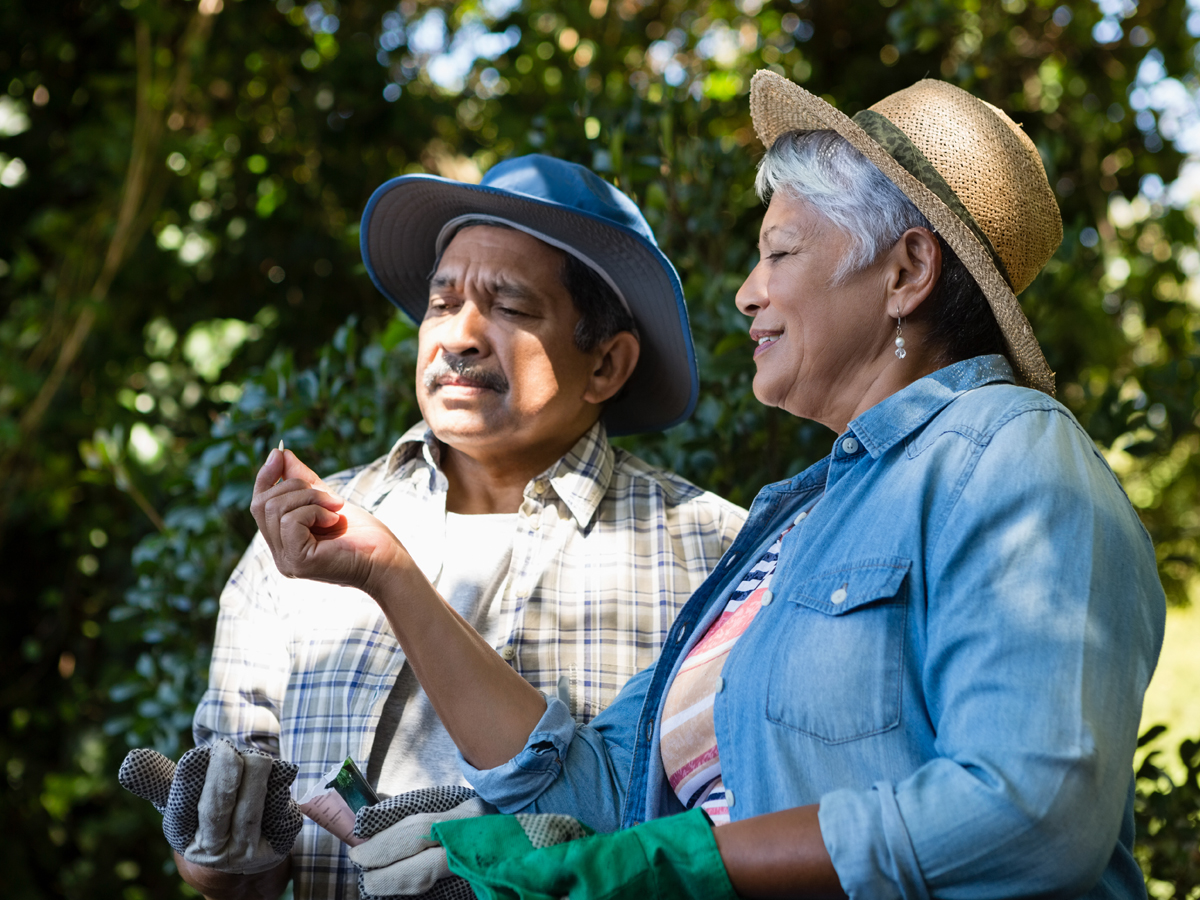
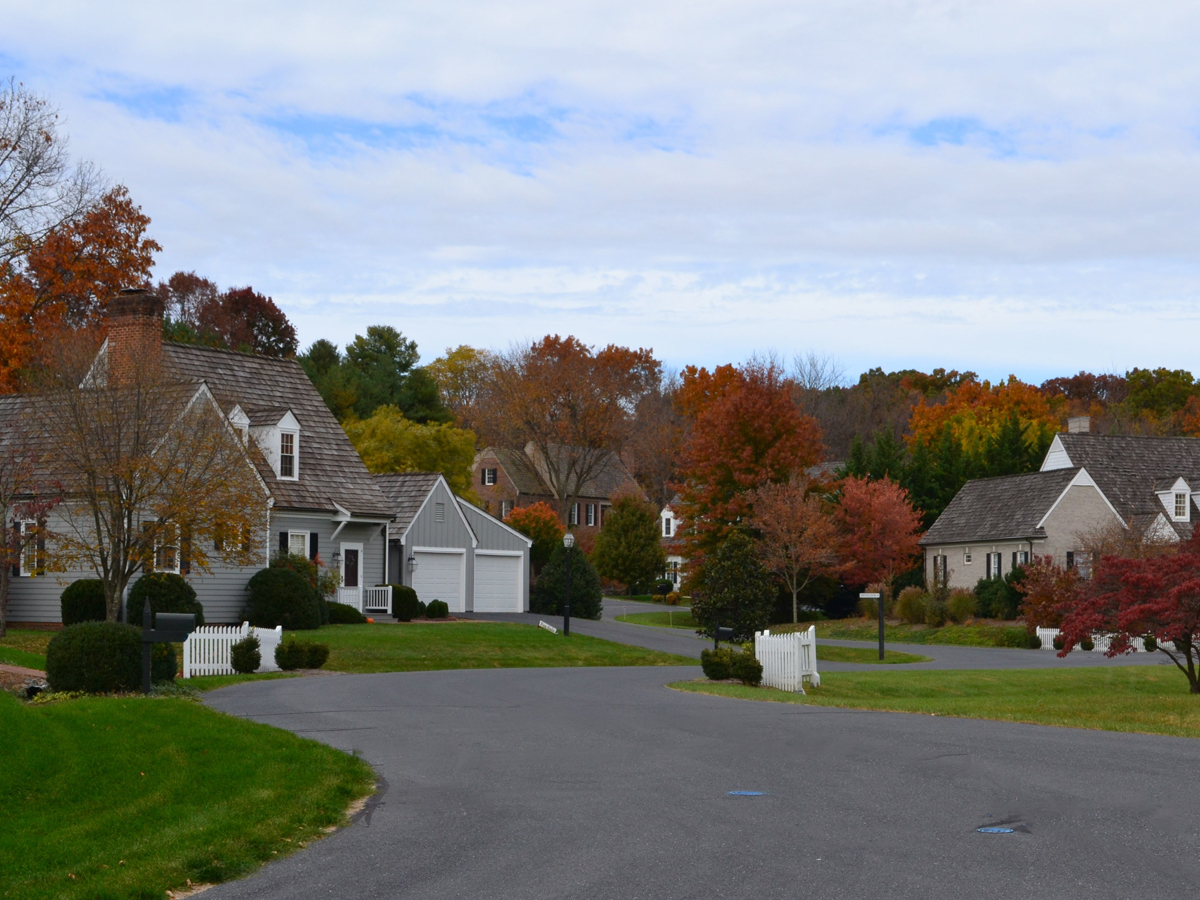

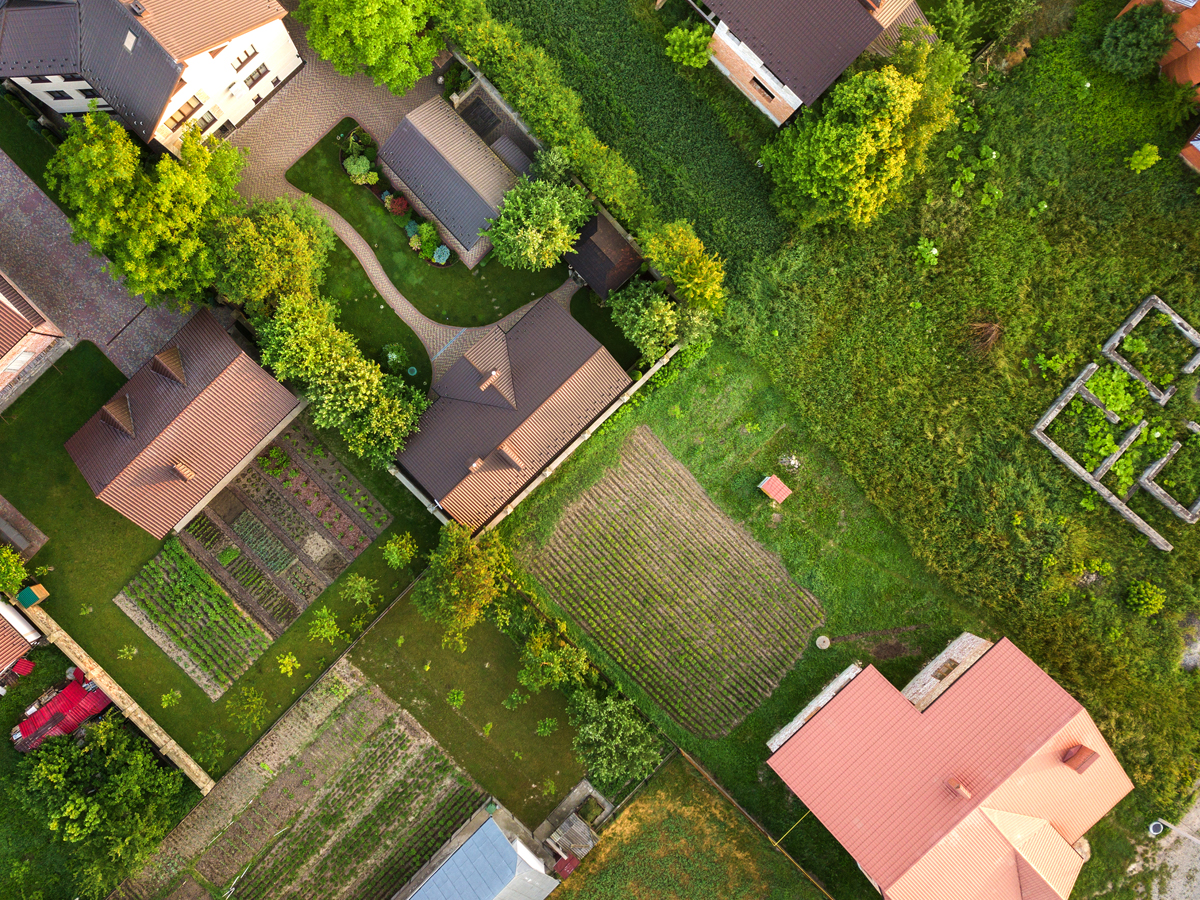
As you walk, analyze what you have to work with. A survey of existing vegetation, water availability, soil conditions, slope and drainage in your surrounding landscape will give you a good idea of immediate areas that need attention and areas where you can leave alone for a while.
Seasons Change
Evaluate your garden over multiple seasons. What looks good in spring or summer can look completely different in winter. For example, when a deciduous tree loses its leaves, allowing light to pass through and revealing the scenery, you may find unsightly or damaged areas on the walls and facade of your home. On the other hand, boring summer shrubs like dogwood can become the stars of your garden in winter, while bulbs hidden in summer can magically appear in spring.
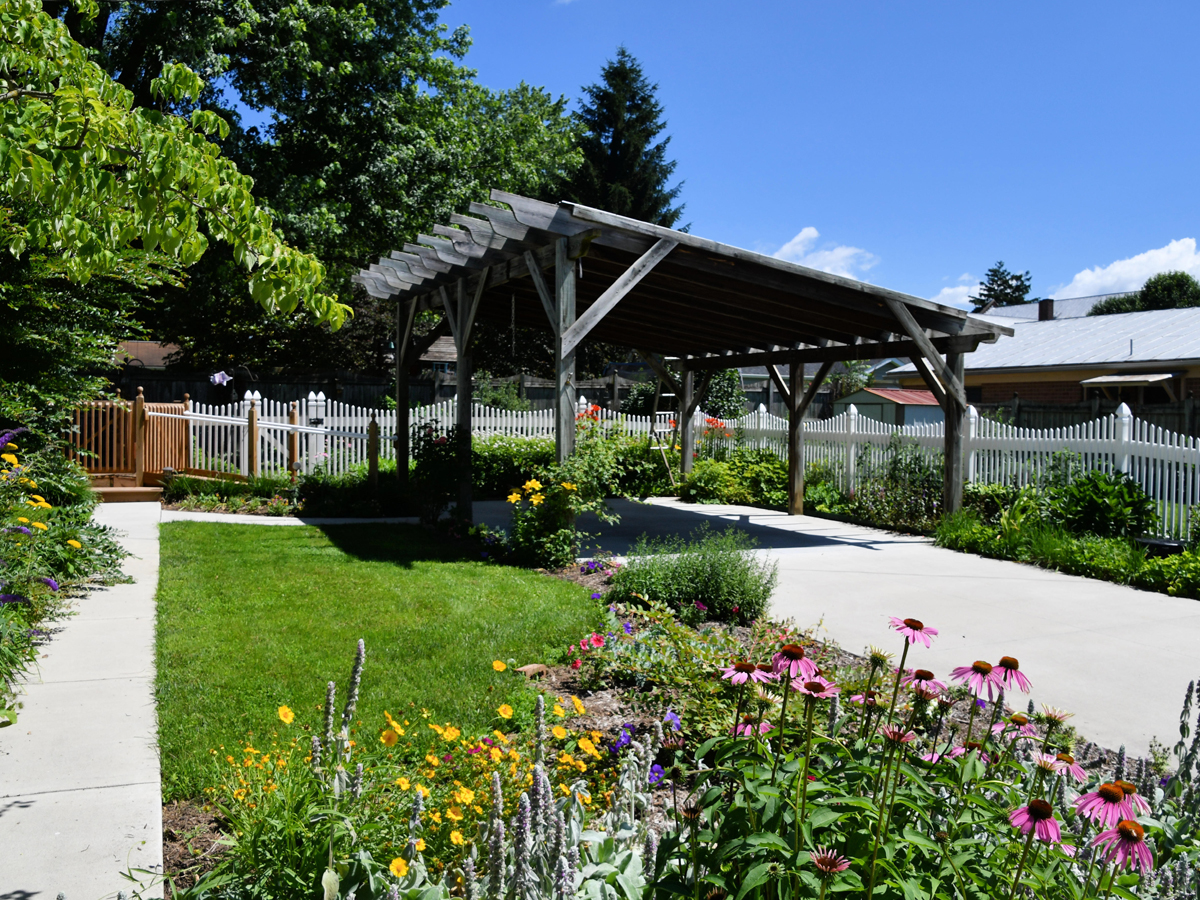
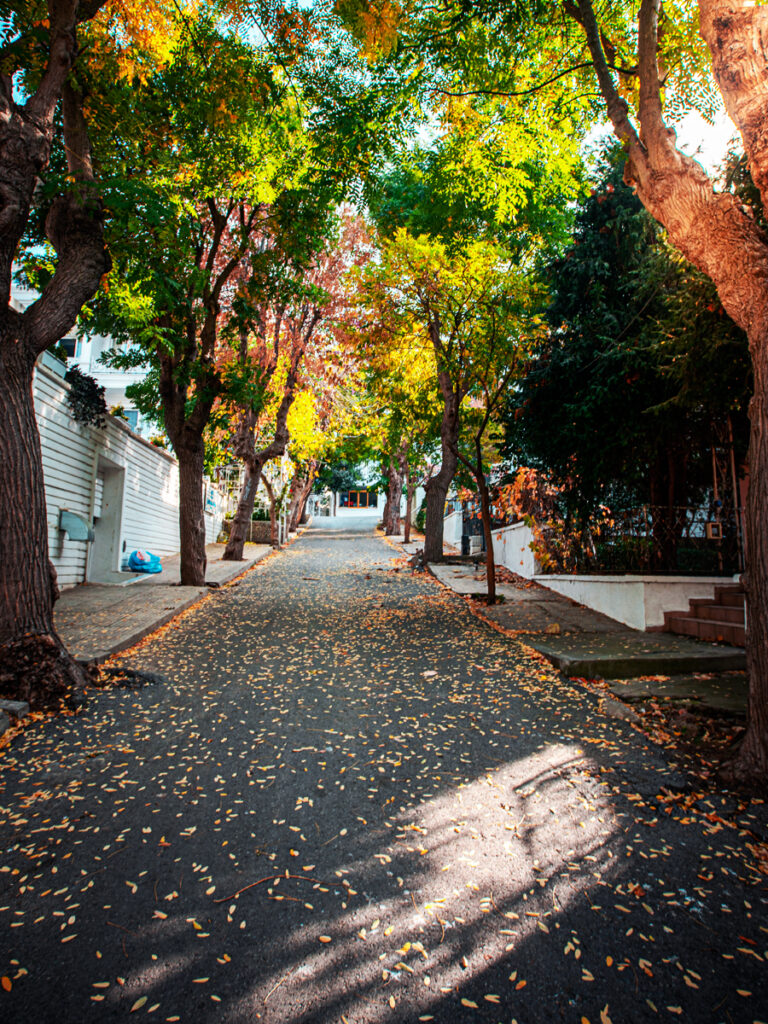
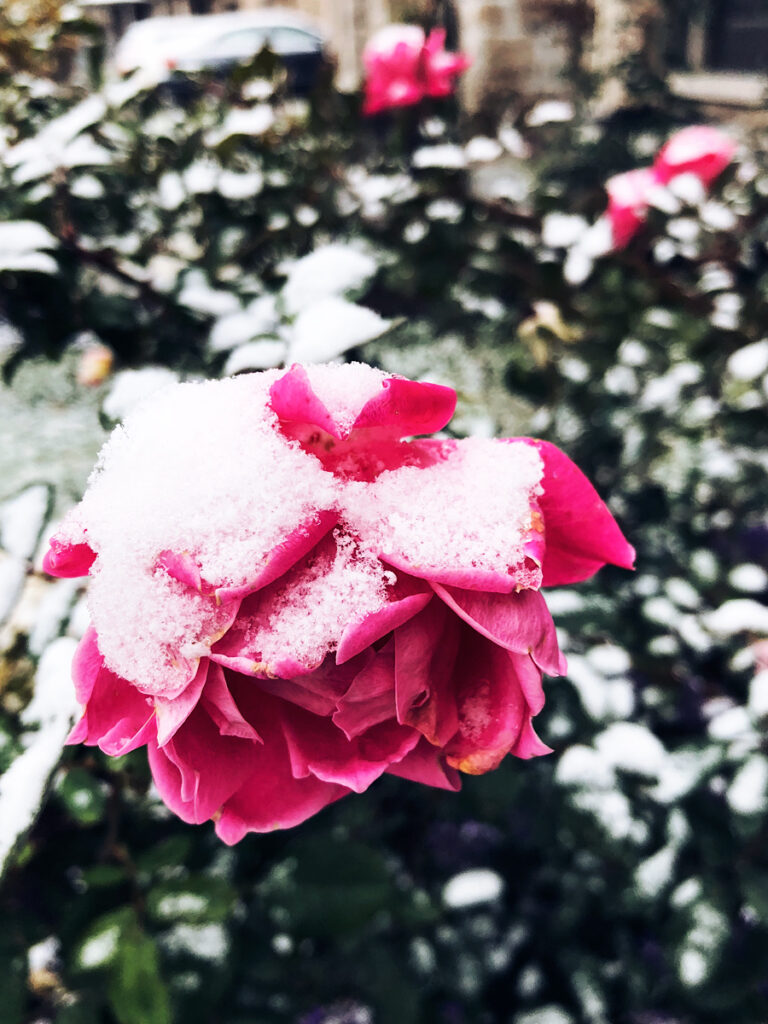
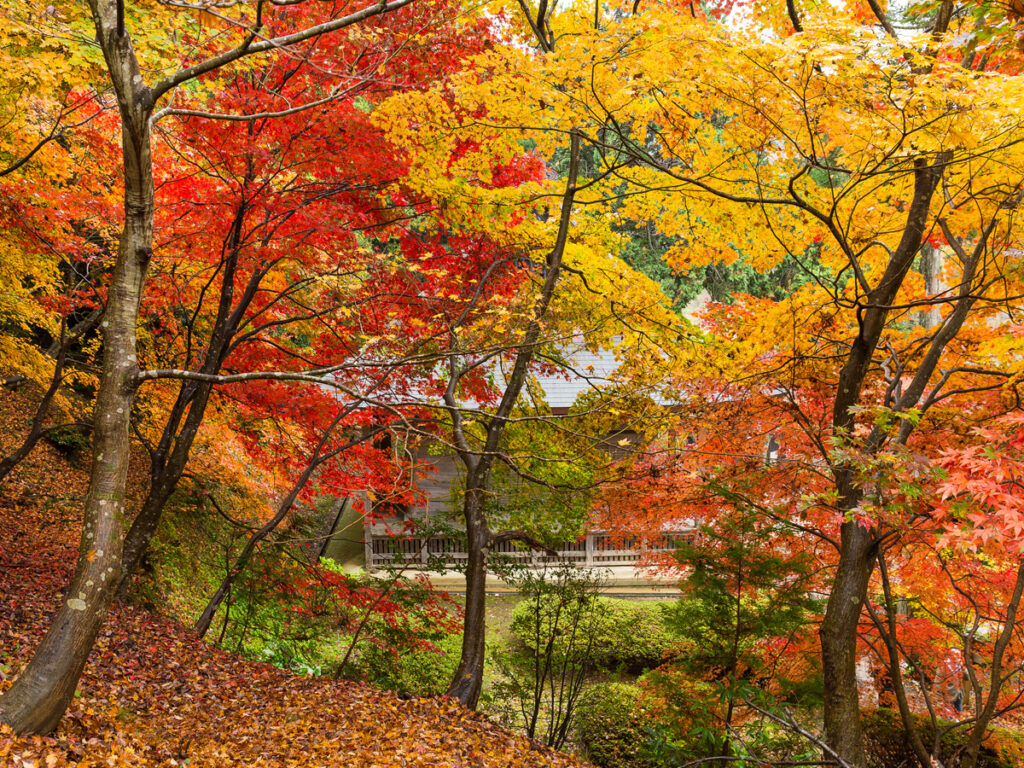
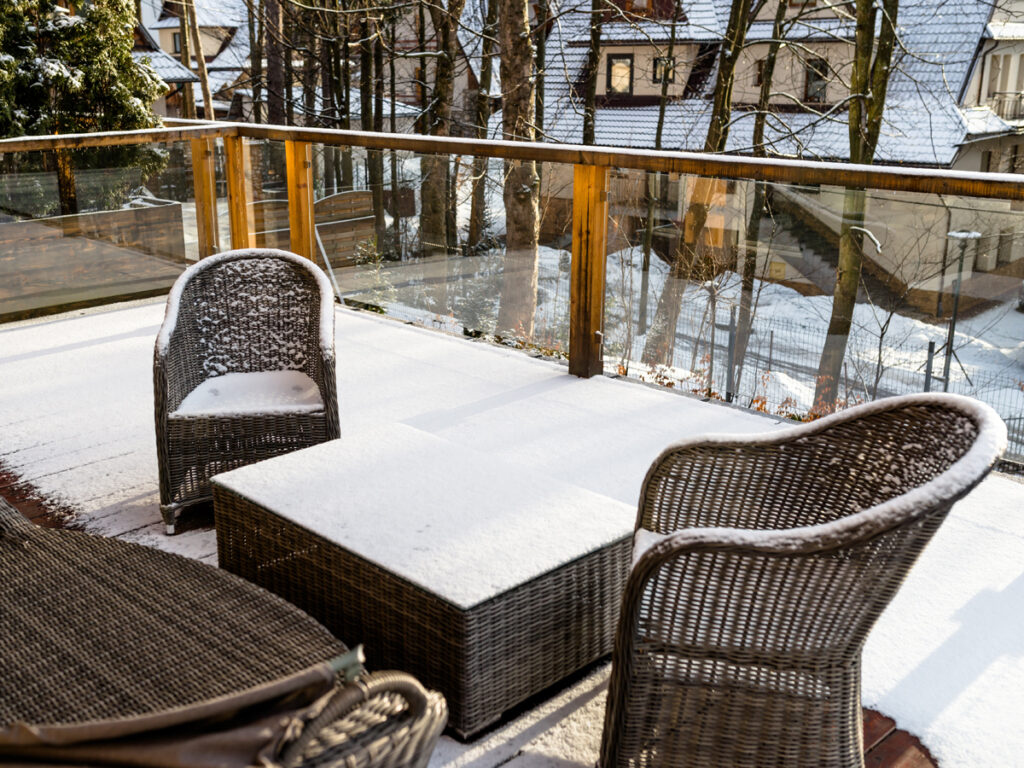
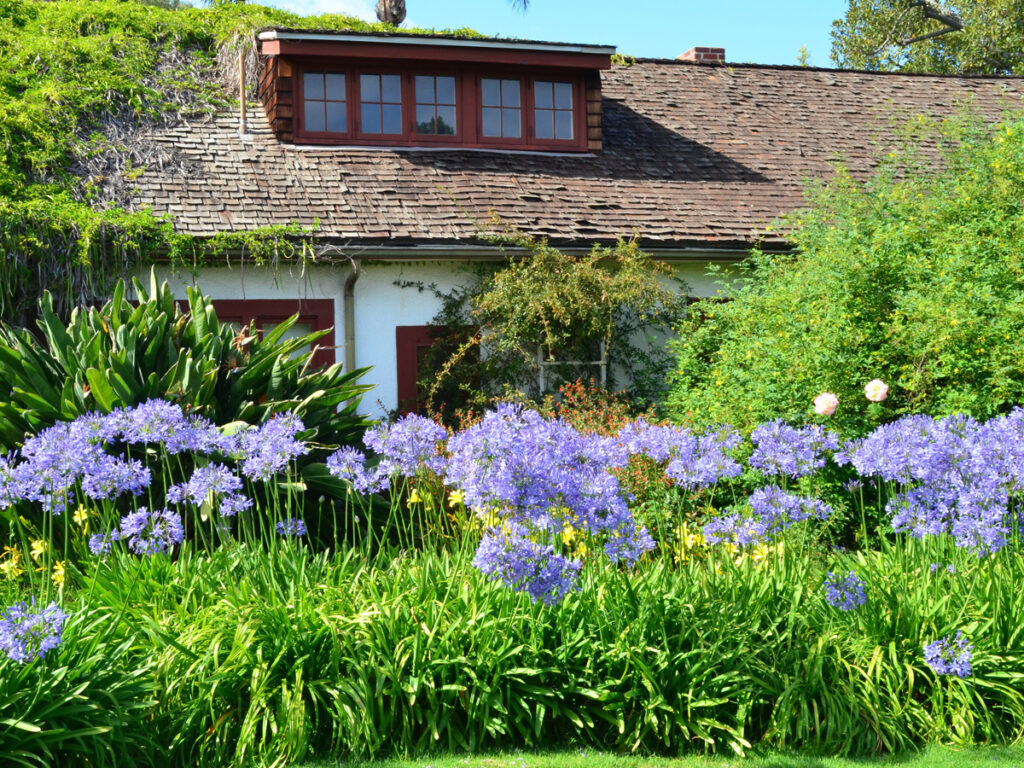
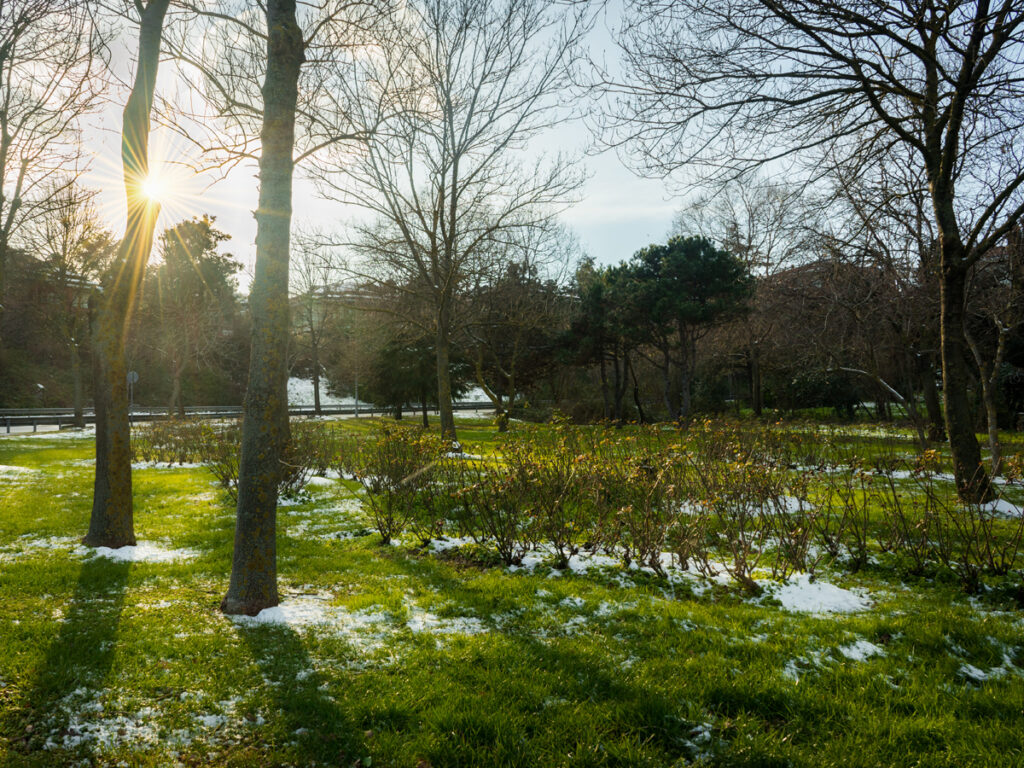
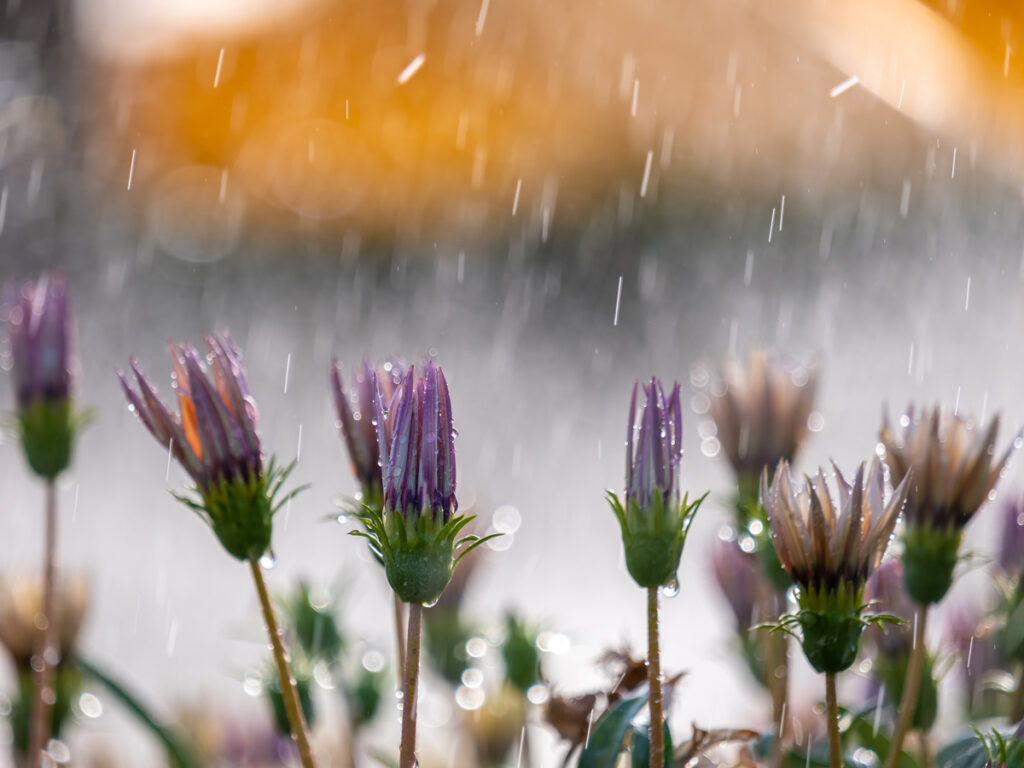
After thinking about the changes you want, decide which seasons are most important. Most people spend more time outdoors in the spring and summer, so it makes sense to plan accordingly to get the most out of it.
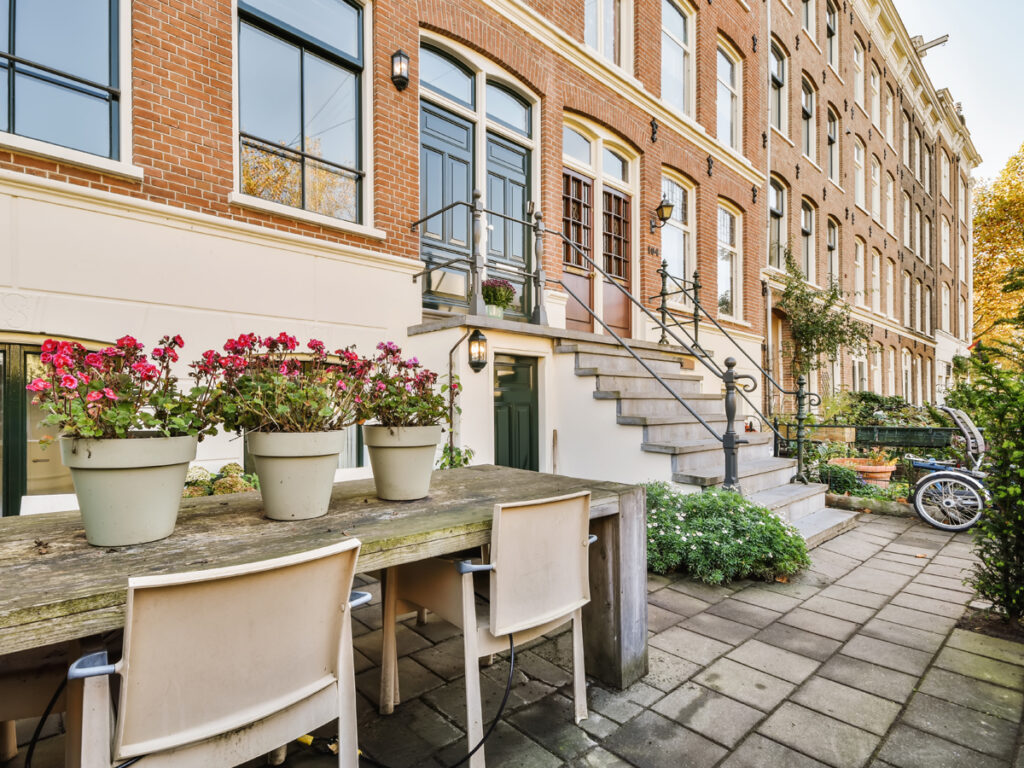
Once you have identified and evaluated all aspects of your garden, determining the type of maintenance required to achieve your goals is a simple step.
